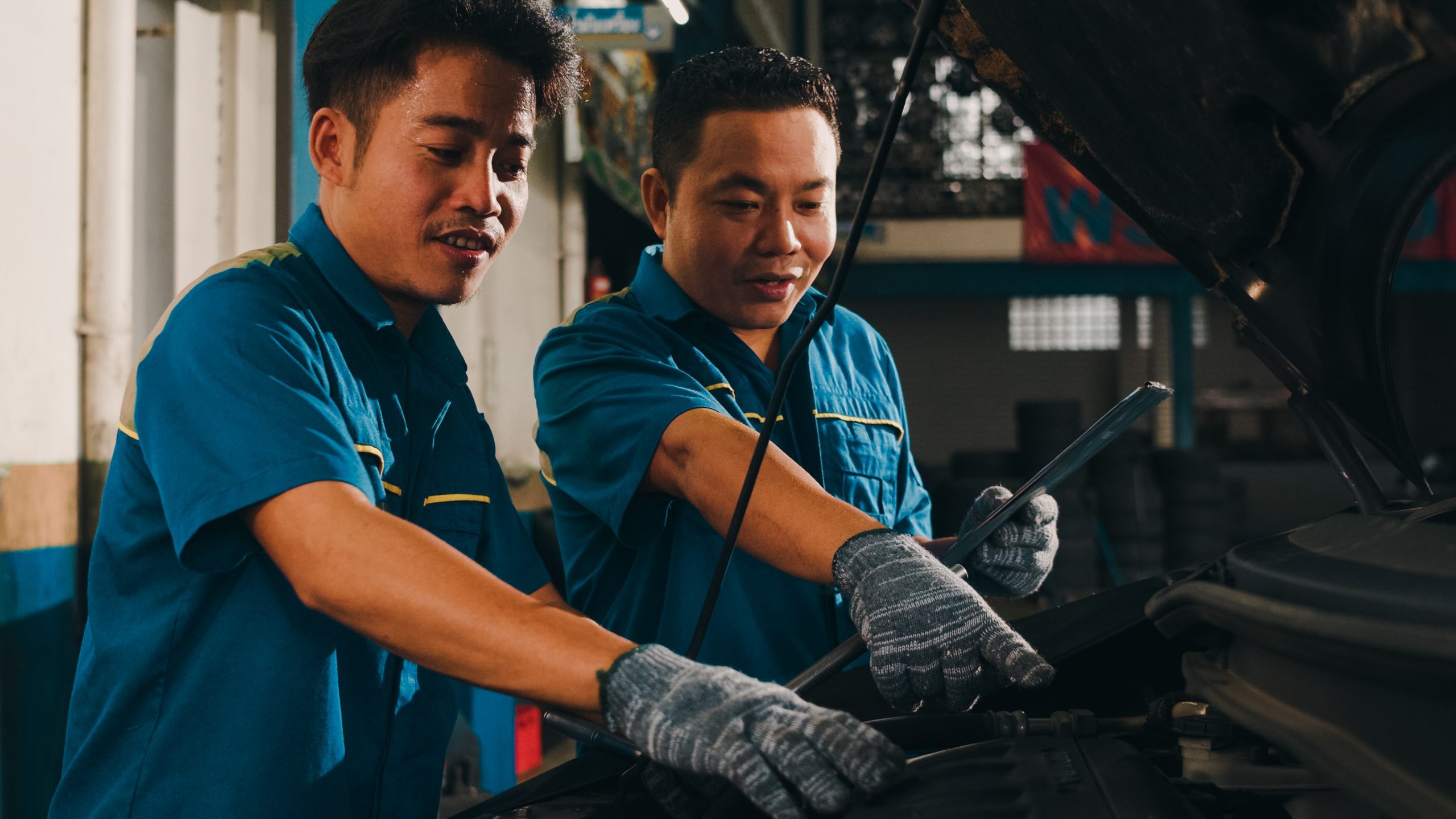As the global supply chain issues rage on, Cox Automotive released a report Monday outlining that while consumers are still taking their vehicles to dealerships for service and repair, parts and labor shortages will likely continue to plague the auto industry and dealerships will have to continue finding ways to mitigate the impact. The report implied overall that dealers will need to keep up with digital trends and also take measures to hire and retain their technicians. Below is a deeper look into some takeaways from this week’s report.
Visits to Dealership Service Centers
Cox Auto’s study revealed slightly good news for dealerships regarding consumers’ service center preferences but shows that there is still room for improvement. Despite the widely believed notion that dealership service centers are overpriced and dealership employees are looking to upsell consumers, 34% of respondents said they still prefer to go to dealerships for service, which is a 1% increase from three years ago. The increase is better than a decrease, but Cox Auto noted that there is “still a majority of the market dealerships aren’t capturing,” which reportedly totals $214 billion.
| Related: CultureWise’s David Friedman on the critical behaviors that build employee trust |
Consumers who reported preferring a dealership service center noted they appreciate the fact that the dealership “knows” their vehicles (55%) and that they have had a good experience there in the past (46%). However, obstacles dealerships still face when trying to get consumers in the service lane include an unfavorable location for many consumers along with high prices. Almost 25% of respondents also said service visits at dealerships take too long.
Staffing Issues
 A huge issue dealerships report having is labor shortages. According to Cox Auto’s report, a concerning 57% of dealerships reported that their service lanes are short-staffed and despite 60% of them saying service technicians are “the top role they plan to grow this year,” their outlook on it seems grim, with 80% of dealerships reporting they believe labor shortages will drag on or get even worse in the near future.
A huge issue dealerships report having is labor shortages. According to Cox Auto’s report, a concerning 57% of dealerships reported that their service lanes are short-staffed and despite 60% of them saying service technicians are “the top role they plan to grow this year,” their outlook on it seems grim, with 80% of dealerships reporting they believe labor shortages will drag on or get even worse in the near future.
Importance of Technology
Cox Auto’s report stressed that digital advancements are also critical right now. Tracy Fred of software solution firm Xtime stated that “Despite a challenging marketplace, opportunities exist to better leverage digital tools to deliver on and even exceed consumer expectations, while also offsetting some operational challenges.” Cox Auto pointed out that features consumers have responded very well to our pickup and delivery, online check-in and service progress tracking, and ridesharing. They also reported satisfaction with online service and repair estimates as well as access to a database of their previous visits. On the dealership side, 62% of dealers indicated that they believe their online solutions “enable a better service experience.”
What Dealers Can Do
Seeing as the parts shortages don’t seem to be ending soon and dealers aren’t optimistic the labor shortages will end soon either, they will continue to have to find extra ways to get technicians and consumers in the service lane when possible. Dealers should take extra care when listing jobs to make sure they find the best candidates for their needs and subsequently hire and onboard quickly once finding great candidates. Offering sign-on bonuses and typical employee perks if possible may also draw potential technicians in.
Another very important step dealers need to take is to retain current employees. As with any industry at any time, employees who are satisfied and feel like they have chances for learning and advancement are typically less likely to quit, which is more important than ever right now. Limiting overworking and continuing to offer attractive benefits can make dealership employees more inclined to stay.
Finally, almost every single top-performing dealer reported that “improving consumer experience is an important focus moving forward,” meaning it is crucial to do whatever they can to keep their customers coming back. Utilizing technology more to draw consumers in is more important than ever right now, as consumers repeatedly report they prefer to do things online instead of in-person. Dealers who aren’t up to speed technologically may need to think about reallocating available funds to invest in technology upgrades and implementing more virtual ways to interact with their customers (e.g., emails and social media). Ultimately, dealerships with the capabilities needed to continue and expand digital offerings should certainly keep doing so.
Did you enjoy this article from Kimberly Hurley? Read other articles on CBT News here. Please share your thoughts, comments, or questions regarding this topic by submitting a letter to the editor here, or connect with us at newsroom@cbtnews.com.
Be sure to follow us on Facebook and Twitter to stay up to date or catch-up on all of our podcasts on demand.
While you’re here, don’t forget to subscribe to our email newsletter for all the latest auto industry news from CBT News.










